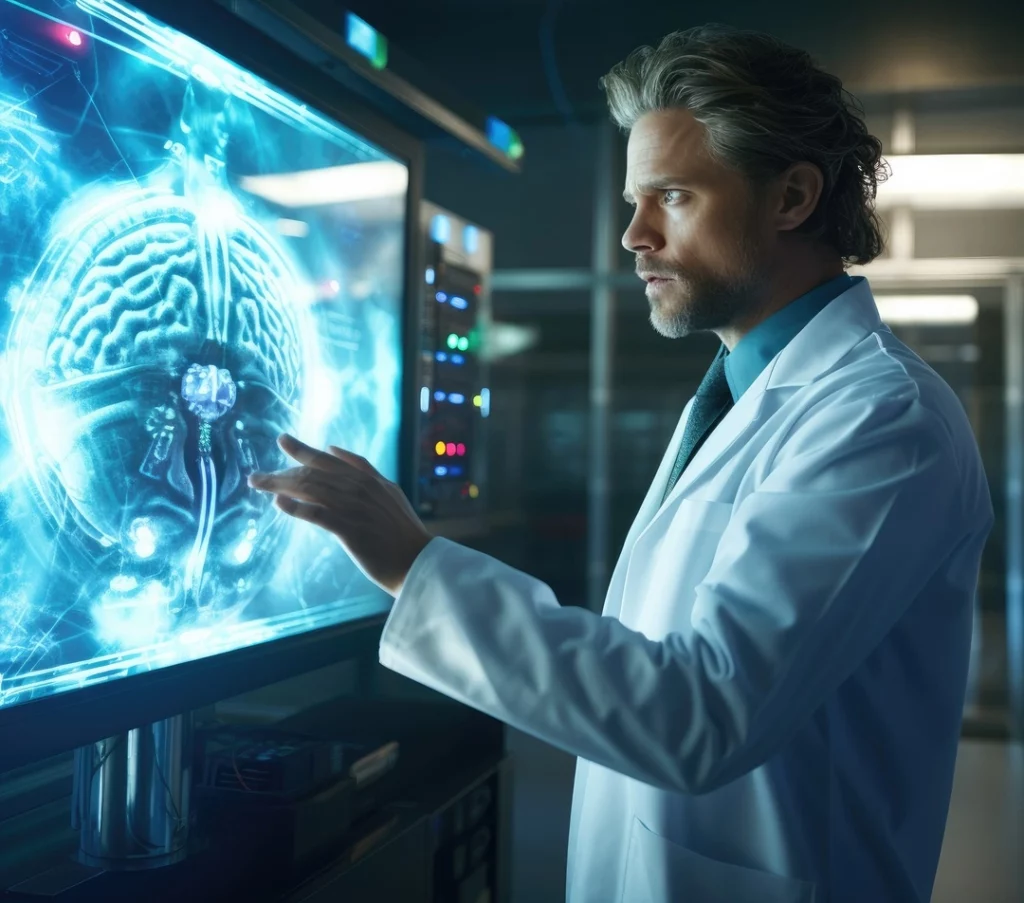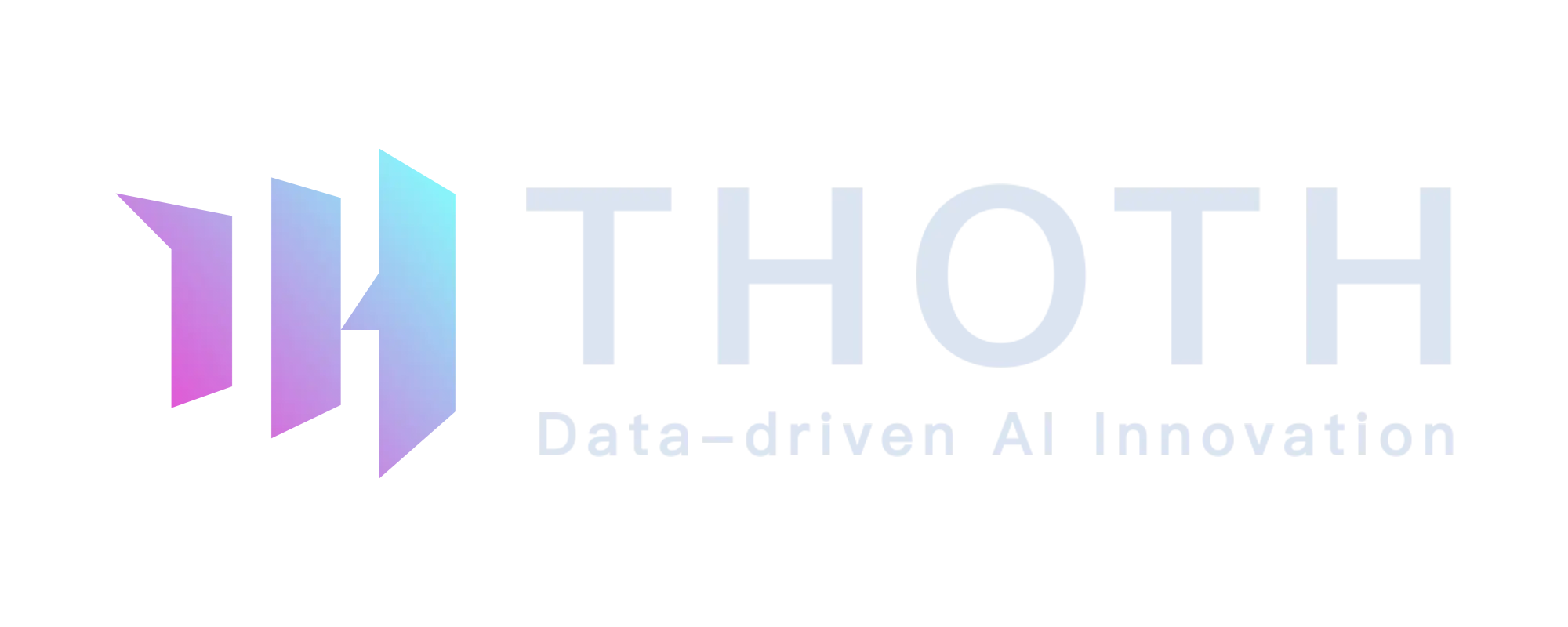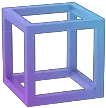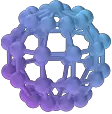Tech and Healthcare: How Artificial Intelligence is Revolutionizing the Medical Industry

When we think of AI and how it has affected our lives, we often think of generated photos or ChatGPT. However, artificial intelligence has expanded into our societal infrastructure, fundamentally transforming large parts of our lives. One of these changes has occurred in the health care industry, where AI has improved patient experiences, decreased error levels in surgery, and accurately diagnosed patients. Artificial intelligence was able to develop the healthcare industry in three main ways:
Machine Learning
Machine Learning(or ML for short) uses training model that adapts to data without human input, allowing it to accurately predict outcomes. It is by far the most common form of AI that businesses use today, with hundreds of companies employing it to receive predictions tailored to their specific business. In the medical world, machine learning can be used to accurately collect a patient’s history, detect specific diseases, diagnose appropriate treatments, and even handle online appointments. Clinics and hospitals all around the world have been using machine learning to improve patients’ lives and experiences.
For example, in the United States, Cleveland Clinic announced a collaboration with Microsoft and their digital assistant named Cortana. With Cortana, the clinic aimed to boost predictive analytics and improve their patients’ medical treatment. Cleveland Clinic’s eHospital system integrated Microsoft’s artificial intelligence which monitored dozens of beds in their ICUs. As a result, William Morris, MD, has reported a better overall patient experience and faster responsetimes.
Natural language processing
Natural language processing allows AI to use, communicate, and understand human language. Dubbed short for NLP, this artificial intelligence feature is behind the customer service chatbots you may see when visiting a website or a digital assistant on your smartphone. However, in the healthcare industry, NLP creates, classifies, and processes medical research, as well as prepares reports for specific examinations for patients. A survey in the UK observing NLP use from 2007-2022 has found that the use of clinical NLP increased substantially in the past few years, with a 2012 NLP budget of £0.37 million increasing to £10.35 million within just five years. In addition to that, NLP projects and organizations have also increased from 27 projects and 50 organizations in 2017 to 94 projects and 137 organizations in 2022. It’s safe to say that NLP is becoming more and more mainstream in healthcare systems to optimize medical efficiency.
Physical robots
Artificial intelligence is not only constrained to a computer in healthcare. With more than 200,000 industrial robots being installed in clinics each year around the world, physical robots are becoming more and more commonplace in the clinic. They can manufacture medical tools and machines in factories. Even more, they can be placed in hospitals to clean facilities and even collaborate with doctors, with algorithms implemented in them to perform a desired task.
Surgical robots in the United States have provided amplified abilities for surgeons, allowing them to improve eyesight and movement while performing labor-intensive surgery. One example of this incredible feat is the da Vinci Surgical robot, a multi-armed bot that allows surgeons more precise control over their hands so that they can make exact incisions in a patient’s body. This ability lessens the risk of patients dying from medical error, which affects more than 250,000 deaths in the U.S. each year.
Conclusion
The past decade has witnessed a remarkable surge in the integration of artificial intelligence into the healthcare industry, revolutionizing patient care and medical practices. With ample time for development, AI holds the potential to unlock extraordinary advancements, saving countless lives and pushing the boundaries of technological innovation.



